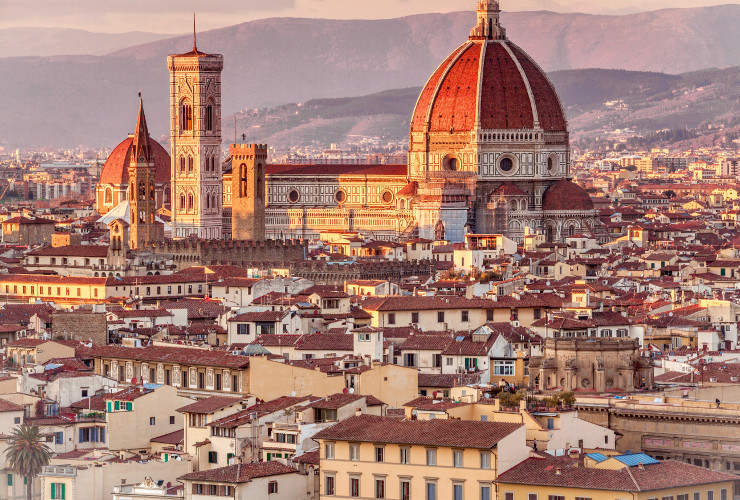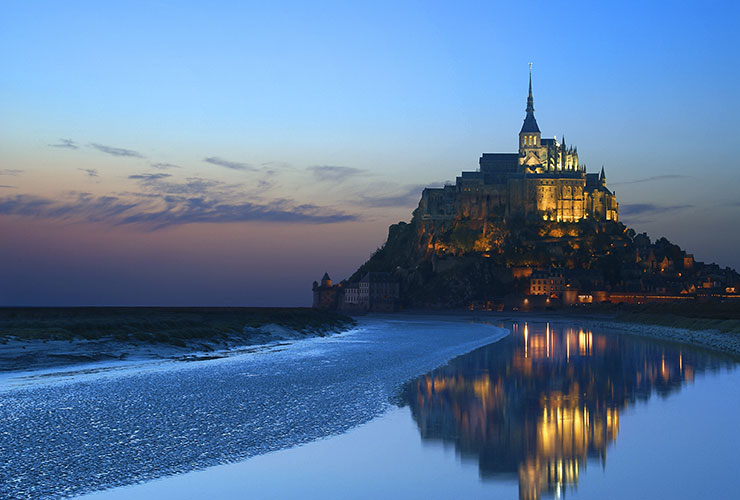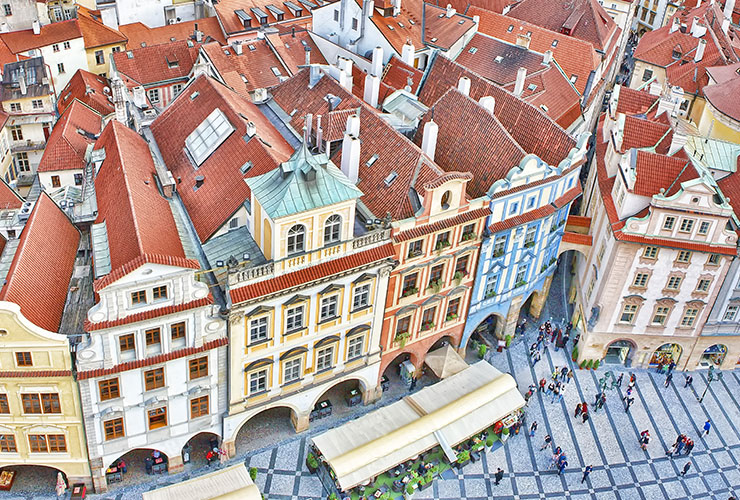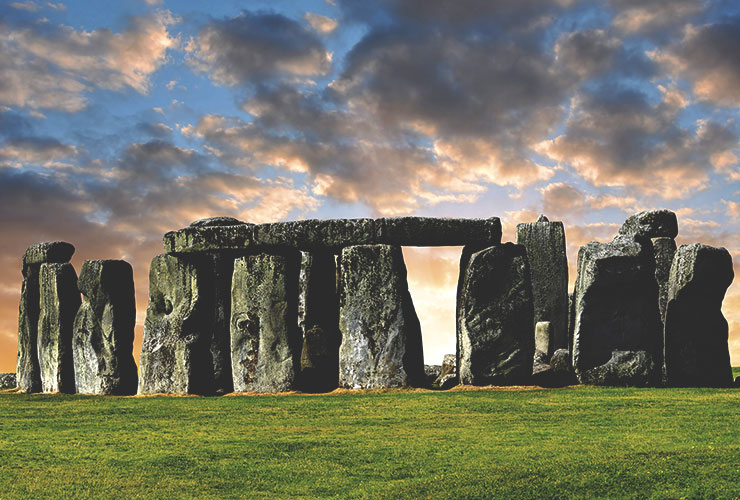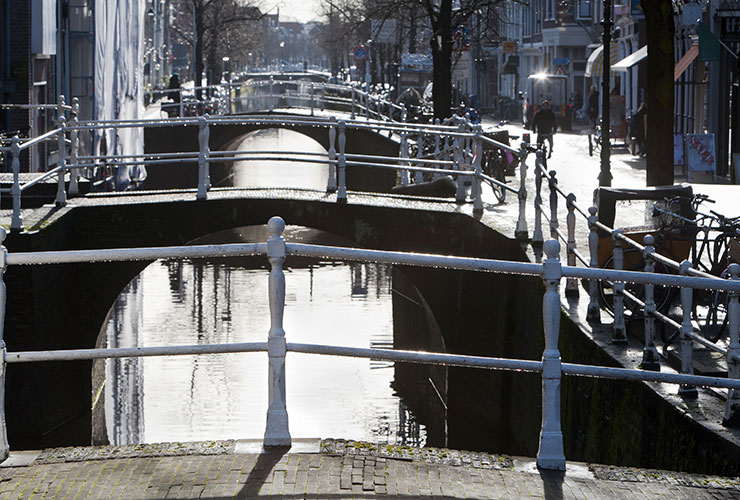Gaudí in Barcelona Experience
The architect and designer Antoni Gaudí i Cornet is a key figure of Spanish Modernism. He was born in 1852 in Reus in Catalonia, during a time when the region was experiencing a period of economic renaissance, cultural vibrancy and great innovations even in terms of architectural styles. Encouraged by these conditions Gaudí decided to stay in Barcelona and the city would prove to become the center of his activities. Early in his career he began to be known for designing Modernist buildings that mixed with Gothic elements and a distinct Mediterranean style, an approach that in the years to follow would become his unmistakable signature style generally rendered in creative and innovative shapes of poured concrete.
In 1883 Gaudí was commissioned to take over the construction of a new cathedral for Barcelona, the Sagrada Familia. He completely changed the initial design by the architect Francesc del Villar, making it a far more ambitious and impressive building project. The monumental church dedicated to the Christian allegory of the Holy Family would become Gaudí’s most famous work, creating as he did a beautiful synthesis between his architectural knowledge and that of a more complex and elusive symbolic system surrounding the mysteries of faith. Despite his tireless and life long devotion to realizing this monumental structure it was left unfinished by the time of this death in 1926. The construction site of the cathedral became the clearest symbol of his constant activity in Barcelona. To this day construction is still ongoing as the Sagrada Família has yet to be fully completed (…and indeed it is speculated never to be!).
In the last years of the 19th century Gaudí became a sought-after architect and worked simultaneously on several projects. In Paris Gaudí met Count Eusebi Güell who would later become his most important client and who commissioned some of his best-known works, such as Park Güell in Barcelona. Created at the beginning of the 20th century, the park is a place of sculpted and fantastical beauty containing amazing stone structures, stunning tile work and fascinating undulating buildings. The expansive upper plaza over-looking the city and the sea is delimited by an extraordinary balustrade-bench clad by brightly colored ceramics that create a spectacular collage effect that seems to anticipate the later avant-garde vein of the artist.
Casa Batlló and Casa Milà are some of Gaudi’s most unmistakable and incredible buildings, both created along the Passeig de Gràcia, now as then the main avenue through Barcelona. Casa Batlló was designed for the aristocrat Josep Batlló: the exterior façade looks as though made from skulls (balconies) and bones (supporting pillars). Gaudí used colors and shapes found in marine life as inspiration for his creative design of this building.
Casa Milà is popularly known as La Pedrera (the stone quarry) because of its rough outer appearance. It is a container that is a work of art in itself. Casa Milà was built for a homonymous family as two apartment blocks with independent entrances linked by two large inner courtyards and a sinuous common façade that conveys the rhythm of the interior. The interior marine decorations (once again!), such as ceilings, columns and furniture designed by Gaudí for this house, are extremely modern.
You can enjoy a private tour of Gaudí’s masterpieces or just admire them strolling through the streets of Barcelona. You will easily understand the provocative relationship between the most prestigious figure in Spanish architecture and this city.
Alhambra Experience
The Alhambra is the iconic symbol of Granada and one of the greatest monuments of Arabic art and architecture. Located on the Sabika hill, it has functioned as a palace, citadel, fortress and residence of the Nasrid sultans and their court during almost three centuries of Islamic culture flourishing in Granada.
In 1238 the Moors decided to build a fortress to guard the city. They chose to do it on the ruins of an ancient stronghold, the Alcazaba, calling their new citadel Al-Qal aal-Hmbra, which in Arabic means “The Red Fortress” (Alhambra is the adaptation to the Spanish language). Its name is most probably related to the color of the bricks used to build the exterior walls. A century later it was transformed into a palace with attractive courtyards, gardens, fountains, shadow and light effects. It is a real treat to enter this jewel of Granada and discover the contrast that exists between the military aspect of the fortress as seen from outside and the delicacy of its interior spaces.
The historical complex consists of three distinct parts, all declared UNESCO heritage sites. The Alcazaba is a defensive fortress built during the 13th century on a pre-existing structure also intended for defense. It is one of the oldest parts of the entire complex, characterized by imposing towers from which you can enjoy a stunning view of the Sierra Nevada mountains. The Nasrid Palaces functioned as the residences of the sultans. The Alhambra palace was built by the Sultan Yusuf and represents in many ways the artistic acme of Moorish art. The exterior surfaces of the palace have no special decorative features, but the interior provides an excellent example of Arabic civil architecture and is indeed a masterpiece for its richness in decorations. Arabesque designs made of stylized floral shapes intertwined with geometric patterns cover all interior surfaces and fill any observer with an extraordinary sense of awe. The Generalife, a smaller building just in front of the Alhambra Palace, functioned as the summer residence of the rulers. Marked by water runs, fountains and countless plants species Generalife is famous for its terraced gardens and lush orchards.
In 1492, following the Reconquista, the Alhambra became the royal palace of the Castilian kings, avoiding thereby the destruction suffered by many other Islamic monuments on Spanish soil. After a period of neglect, the Alhambra was declared a national monument in 1870 and restored to its original glory thanks in many ways to the interest of some romantic writers, such as American author Washington Irving who described it in “Tales of the Alhambra”. Reading this book could be an ideal way to approach this fantastic destination that should not be missed on your next vacation in Spain.
Azulejos Experience
Portuguese architecture is certainly marked by azulejos. The word azulejo, from Arabic al zuleiq, means small glazed and painted tile. The production technique consists of painting clay tiles by hand, letting them air dry for 45 days and then fired initially at 1000°C to set the paint and then once again to complete the glazing.
Wherever you go in Portugal there are plenty of opportunities to watch this work unfold right in front of you. It is indeed in many ways like visiting an open-air museum of azulejo art. Nowhere else has the azulejos had such an important role in the transformation of built space through careful use of technique, color and perspective. Inherited from Islamic cultures the azulejo has become an indentifying element of Portuguese culture, depicting topics of national culture, religious subjects, and later in the 19th century the representation of native animals and plants.
The first azulejo wall tiles date back to 1503 and were imported from Seville, an important Islamic production center until the middle of the 16th century. The way Arabs used azulejos to decorate floors had a great appeal to the Portuguese kings and so the tiles quickly became the basic feature of architectural decoration in Portugal. During the 16th century some Flemish potters chose Lisbon as their residence giving a remarkable boost to tile export. With rising popularity the domestic tile production could hardly meet the growing needs and it wasn’t until 1830 that many azulejo factories arose to meet market demands. You can encounter the typical blue and white hand-decorated tiles in many public buildings of Lisbon and within the cloister of the Sao Vicente de Fora church. You can find wonderful azulejos in many subway stations and especially at the Museu Nacional de Azulejo, one of the most amazing museums in Lisbon. Do not miss the spectacular azulejos at the restaurant Casa do Alentejo in Rua das Portas de Santo Antao or the most famous pub in Lisbon, Trindade, which boasts the most spectacular azulejos of the Chiado district.
The walls of the São Bento train station in Porto are covered with twenty thousand pictorial azulejos by artist Jorge Colaço, each representing evocative historical and ethnographic paintings. In Sintra National Palace, the best example of a Portuguese medieval royal palace, you can retrace a brief history of the azulejos in Portugal, from the early Arab-Hispanic examples brought from Valencia and Seville in the XVI century by the king Manuel I to the typical blue and white tiles of the 18th century. As colorful and cheerful aspects of Portugal, the azulejos lend a distinct elegance to the built urban environment.
 Hire Expertise
Hire Expertise Bespoke Itineraries
Bespoke Itineraries Travel Carefree
Travel Carefree